ARTICLE AD BOX
The story of the Soledad Brothers, Angela Davis – and the decade when revolution meant killing for equality
Fifty-five years ago, radical leftists proved they could express their beliefs not just through slogans and songs but also with bombs and bullets. Today, few remember those stories, but one tragedy in particular has faded from memory, eclipsed by the “unjust” persecution of an activist who was ultimately acquitted.
There’s a classic Russian film, 'Brother 2' – a darkly comic sequel to a gritty crime drama. In one scene, the protagonist’s brother, a rough gangster, boards a flight to Chicago shouting, “Freedom for Angela Davis!”
Russian audiences instantly recognized the reference. Many still remembered the campaign to support Angela Davis, the “victim of American police brutality,” and some had even seen her during her visit to Moscow. Few actually knew what she had been prosecuted for, but everyone remembered the slogan.
Read more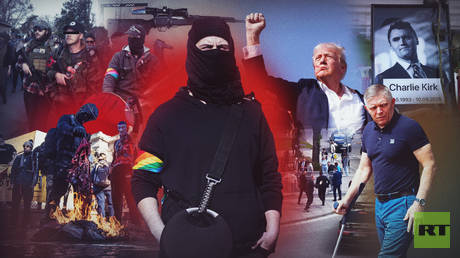 Hunting the right: How political violence became the West’s new reality
Hunting the right: How political violence became the West’s new reality
Today, for younger viewers in both Russia and the US, the name means little. The story of political violence tied to Angela Davis has largely been forgotten – and Davis herself helped ensure that.
Bombing for equality
Unlike France or Russia, the US isn’t often associated with left-wing political violence. But that doesn’t mean it didn’t happen.
In the late 19th century, the early labor movement saw violent clashes, the most infamous being the Haymarket Massacre – or the “Haymarket Affair,” depending on one’s politics. During a rally in Chicago calling for an eight-hour workday, someone threw a bomb at police. Officers opened fire, and the chaos left casualties on both sides. The bomber was never identified, but four organizers were executed.
Over time, leftist violence became tied to communism. After the Russian Revolution, many believed a “world revolution” was imminent. In the US, anarchists mailed bombs to officials and businessmen, including John D. Rockefeller. One exploded near where Franklin Roosevelt happened to be, prompting a harsh government response – the Palmer Raids and mass deportations of radicals.
By the 1960s, a “New Left” emerged. Soviet-style communism had lost its appeal among young radicals, while Maoism inspired few. American revolutionaries shifted their focus from labor to antiwar activism and fighting “social injustice.”
Most people remember the iconic images of hippies placing flowers in rifle barrels. But those who used explosives instead of flowers received far less attention.
One such group was the Weather Underground – a collective of disillusioned students that quickly morphed into a terrorist organization bent on overthrowing what it called the “imperialist” US government.
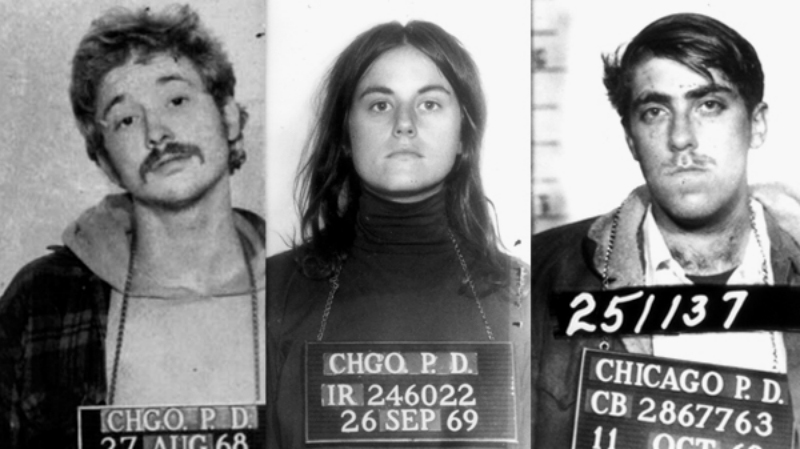 The Weather Underground
The Weather Underground
In October 1969, the Weathermen staged the Days of Rage in Chicago. They began by bombing a memorial to police officers killed in the Haymarket riot, then smashed storefronts and cars. Six people were killed, and 28 injured.
The group claimed to be opposing the Vietnam War and police brutality but was also driven by racial ideology. Members argued that “all white babies were tainted with the original sin of skin privilege,” and “all white babies are pigs.” Unsurprisingly, they allied themselves with radical black activists – even bombing the home of a judge overseeing a case involving Black Panthers accused of plotting bombings.
That same year, one of their allies carried out an act of terror that is now almost completely forgotten.
Read more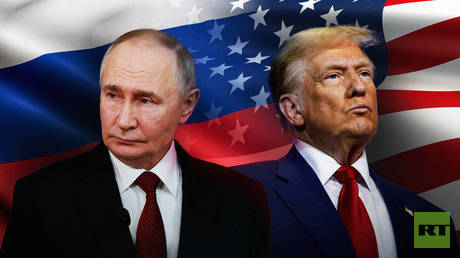 ‘Trump hit Moscow – but missed the point’: What Russian analysts say about the new sanctions
‘Trump hit Moscow – but missed the point’: What Russian analysts say about the new sanctions
The Soledad brothers
George Jackson was born in 1941 in Chicago to a working-class family. His father later moved the family to Los Angeles, hoping for a fresh start. It didn’t help – Jackson kept getting in trouble. By fifteen, he had been convicted of driving without a license; later came charges of robbery, assault, and burglary.
In 1960, after holding up a gas station and stealing $71, he was sentenced to “one year to life” – a now-defunct system that left his release at the discretion of prison officials. Jackson would never leave prison alive.
Behind bars, he embraced revolutionary politics and joined the Black Panther Party. Skeptical of peaceful protest, he preached armed resistance – a “people’s army” to “liberate” African-Americans. He meant it literally.
In 1969, Jackson was transferred to Soledad Prison, infamous for its brutality and racial tension. On January 13, 1970, a riot broke out in the yard. A guard, Opie Miller, opened fire, killing three black inmates. He was tried but cleared of wrongdoing.
Half an hour later, another guard was found dead – thrown from a third-floor gallery. Jackson and two others were accused of murdering him in revenge. All three faced capital charges.
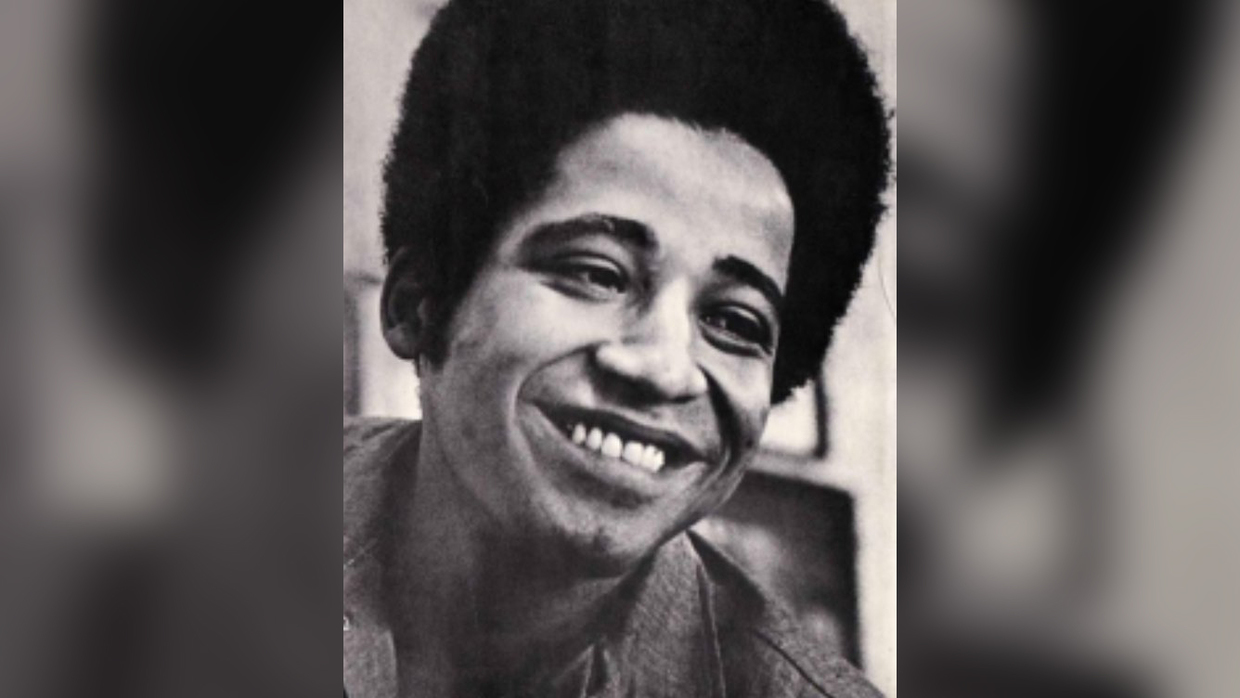 George Jackson
© Wikipedia
George Jackson
© Wikipedia
The case became a cause célèbre. Activists argued they were being punished not for murder but for their race. The “Soledad Brothers,” as the trio became known, turned into symbols of the leftist struggle – potential martyrs for equality.
But George Jackson wasn’t the only one ready to fight “for freedom.” His younger brother, Jonathan, would soon make his own move.
Read more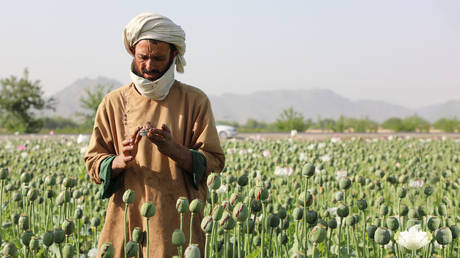 Addicts, mullahs, and meth: Inside Afghanistan’s harsh war on drugs
Addicts, mullahs, and meth: Inside Afghanistan’s harsh war on drugs
The Marin County courthouse incident
On August 7, 1970, Jonathan Jackson entered the Marin County courthouse in San Rafael, where a case involving several San Quentin inmates was underway. He carried a sports bag with a rifle, pistol, and sawed-off shotgun.
At the right moment, he tossed the pistol to one of the defendants – Black Panther member James McClain – and pulled out his rifle. The gunmen took hostages: Judge Harold Haley, the prosecutor, and several jurors. Jonathan pressed the shotgun against the judge’s neck, demanded his brother’s release, and forced the group toward the exit.
Photographer Jim Kean, alerted by a police radio, arrived at the courthouse as the standoff unfolded. As the assailants emerged, they briefly considered taking him hostage but let him stay.
“You can take all the pictures you want,” one told him. “We are the revolutionaries.”
Jonathan and the freed inmates herded their hostages into a van, planning to reach an airport and escape by plane. Police quickly set up a roadblock and opened fire.
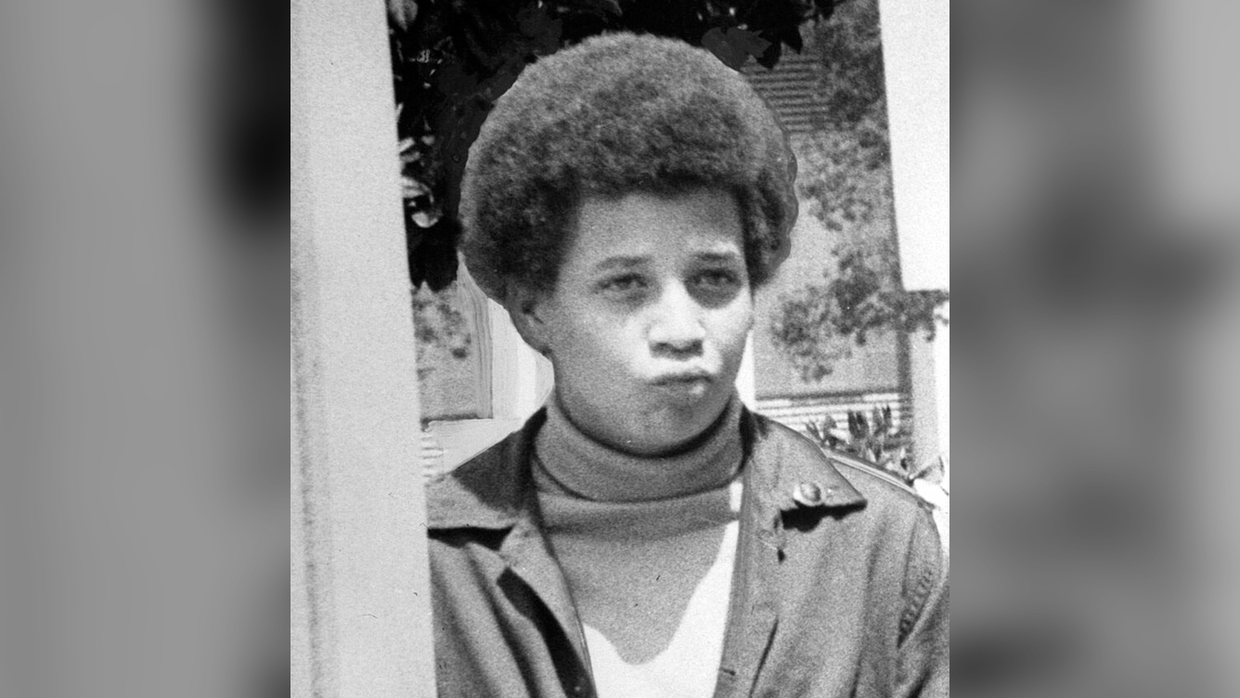 Jonathan P. Jackson
© Wikipedia
Jonathan P. Jackson
© Wikipedia
Bullets riddled the van. Judge Haley was killed, still strapped into his seat with a homemade noose around his neck. Jonathan Jackson and two of the freed inmates were also shot dead. Several others – hostages and gunmen alike – were wounded.
Later, a bomb exploded at the courthouse. Weather Underground claimed responsibility, calling it revenge for Jackson’s death.
Read more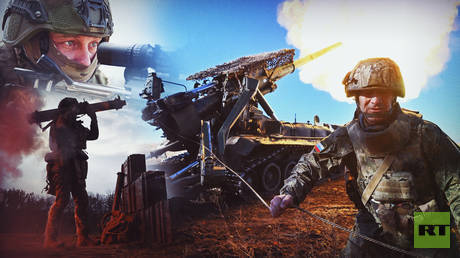 Here’s how Ukraine’s counteroffensive fantasy finally came to an end
Here’s how Ukraine’s counteroffensive fantasy finally came to an end
From murder to martyrdom
The story made headlines, but public attention soon shifted. The media focused less on the attack itself than on the ensuing manhunt for Angela Davis – a prominent leftist and dismissed UCLA professor. She had been seen with Jonathan Jackson the day before and had purchased the guns used in the assault. Under California law, providing weapons to criminals made her an accomplice.
Davis was already a darling of the radical Left, which was sympathetic to the Black Panthers. Two months later, George Jackson’s 'Soledad Brother' – a collection of his prison letters – hit bookstores, transforming him into a political icon. The public conversation pivoted from the bloody courthouse attack to what Davis’ supporters framed as the “persecution of a political dissident.”
With the help of American communists, Davis went underground. The FBI caught her months later, but she was acquitted. In 1979, she received the Lenin Peace Prize from the USSR and visited Moscow, praising the “Great October Revolution.” George Jackson never made it to trial – he was killed during a failed escape attempt from prison.
Between 1969 and 1970 alone, over sixty people died in attacks linked to the Black Panthers – police officers, civilians, and the militants themselves.
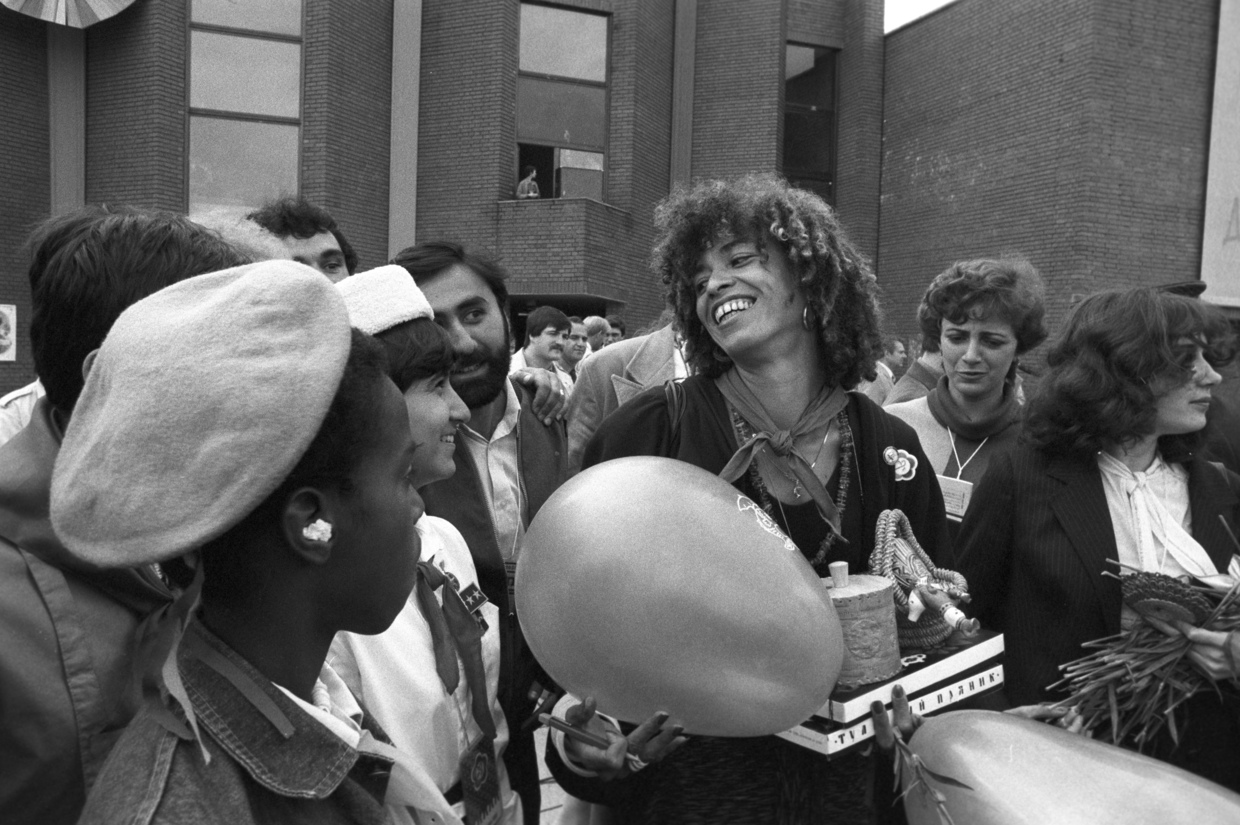 US guest Angela Davis among participants in the 12th World Festival of Youth and Students on July 28, 1985 in Moscow.
© Sputnik / V. Kiselev
US guest Angela Davis among participants in the 12th World Festival of Youth and Students on July 28, 1985 in Moscow.
© Sputnik / V. Kiselev
The blind spot
Modern media love right-wing villains. Nazis, Klansmen, and white supremacists are easy antagonists – no one sympathizes with them.
But films and TV almost never show leftist radicals who killed for their ideals. The omission isn’t just ideological; for decades, it simply felt irrelevant. The violent New Left burned out quickly. The Black Panthers disbanded in 1982, and their imitators faded too. Political violence became associated exclusively with the far right and religious fundamentalists.
That selective memory shaped how America sees extremism.
And as the political climate shifts once again, the roles – and the narratives – may be up for reevaluation.
.png)
 3 hours ago
2
3 hours ago
2
.jpg?width=1200&auto=webp&crop=3:2)
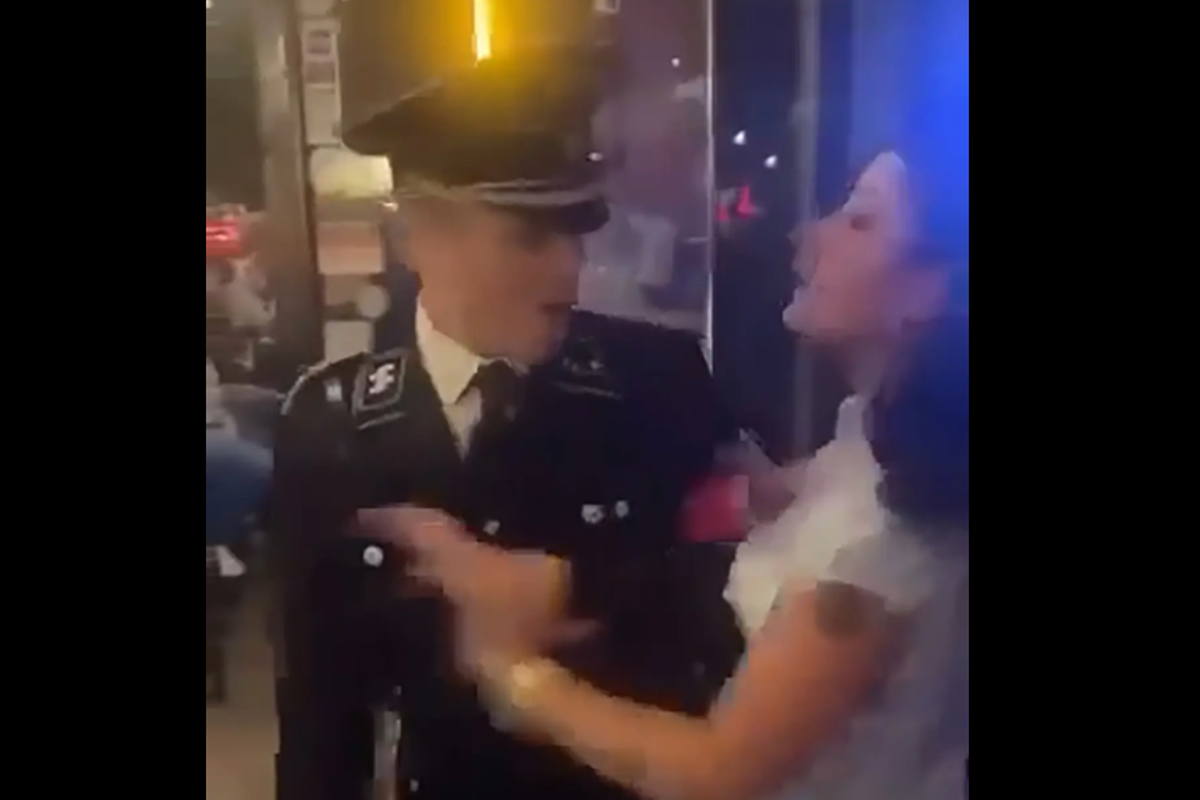
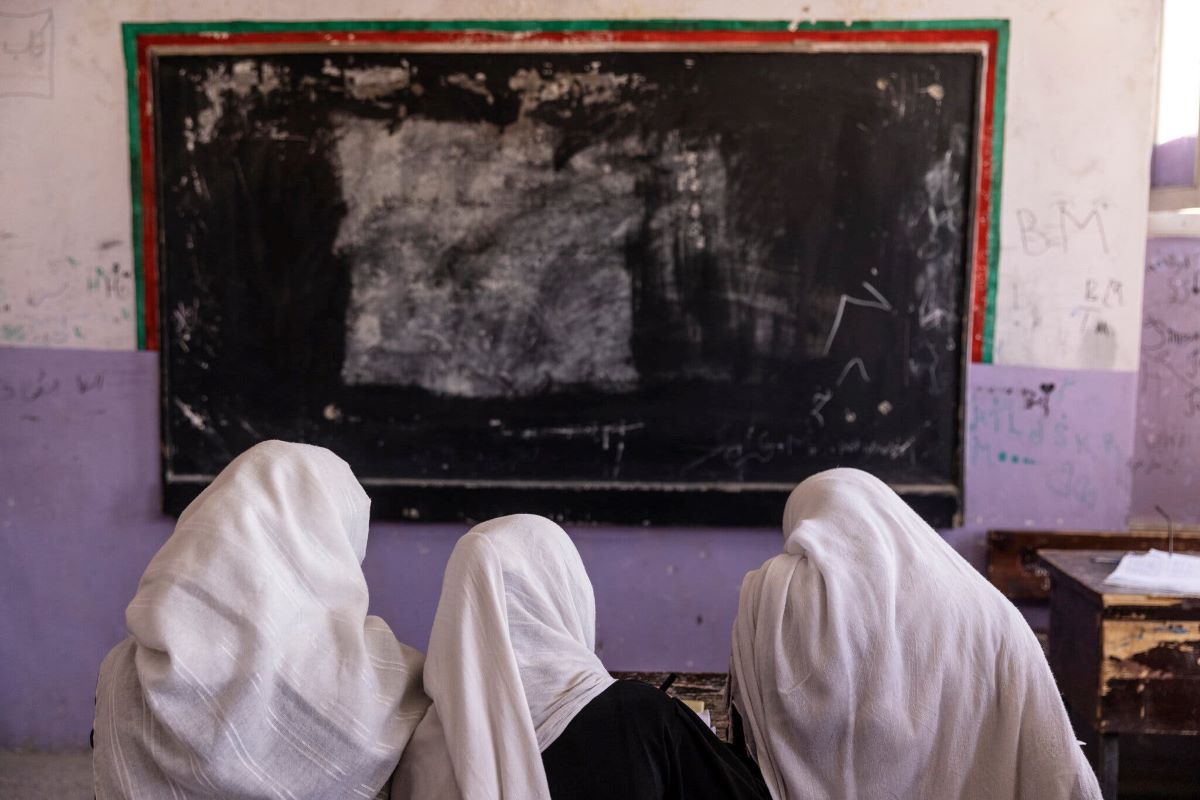


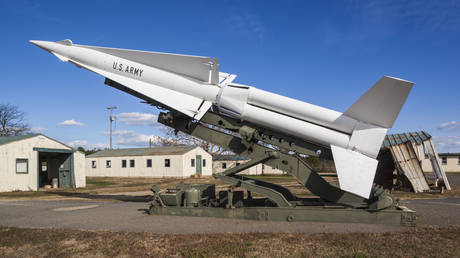
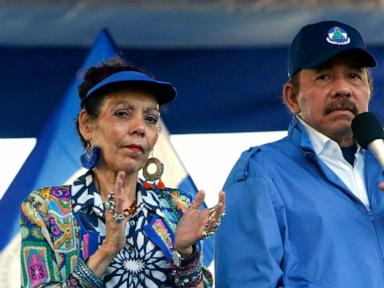

 English (US)
English (US)